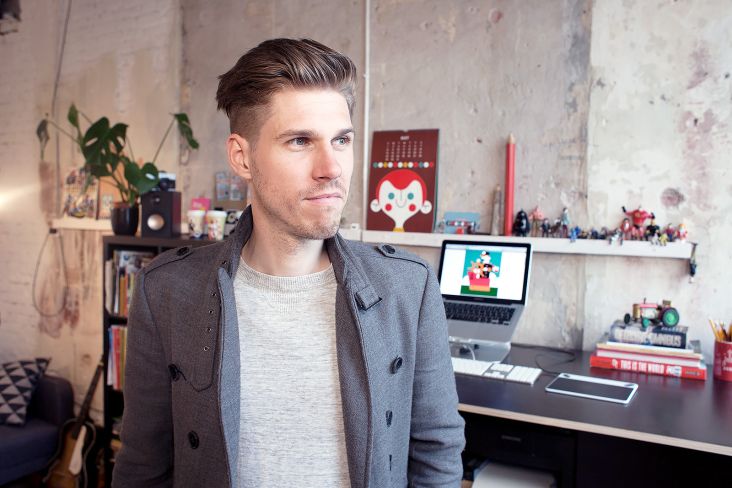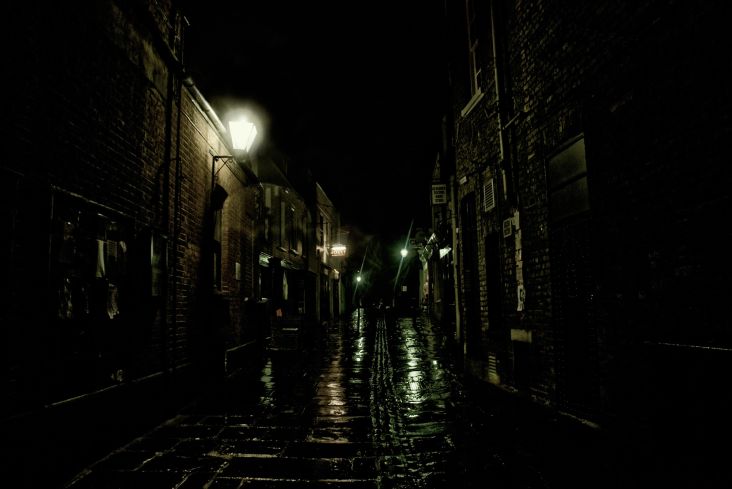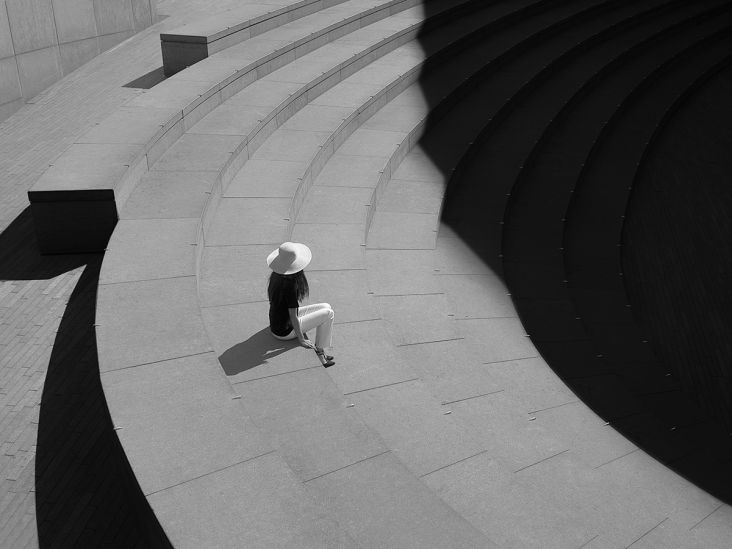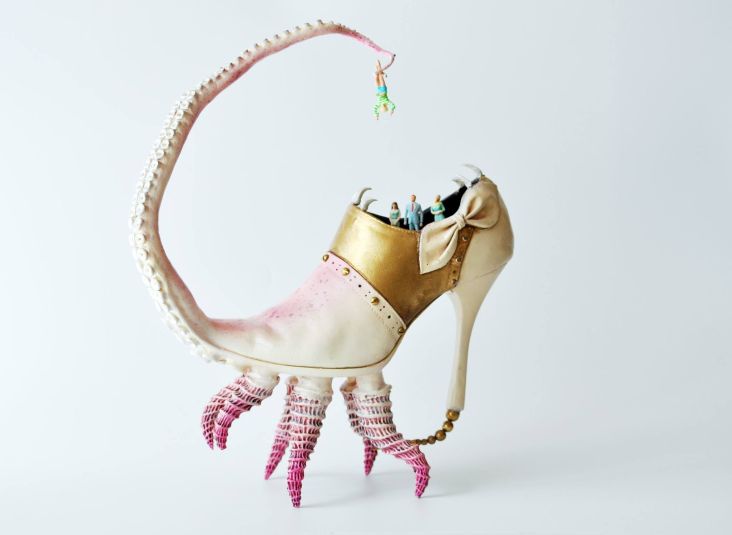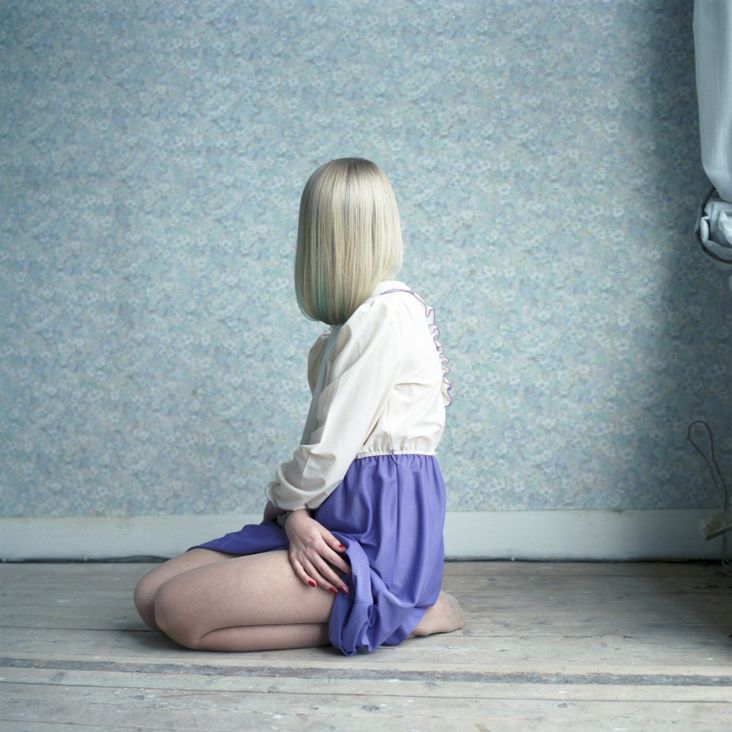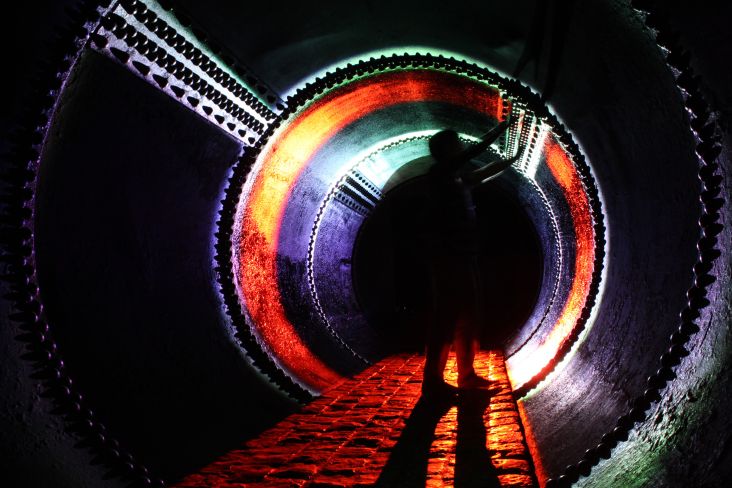Tom Bradley on iterative processes, creative use of technology and human-centred design
Tom Bradley is Design Director at Code, a Manchester-based agency (also known as Code Computerlove) that specialises in development, acquisition, and optimisation, and has become something of a northern powerhouse in recent years.
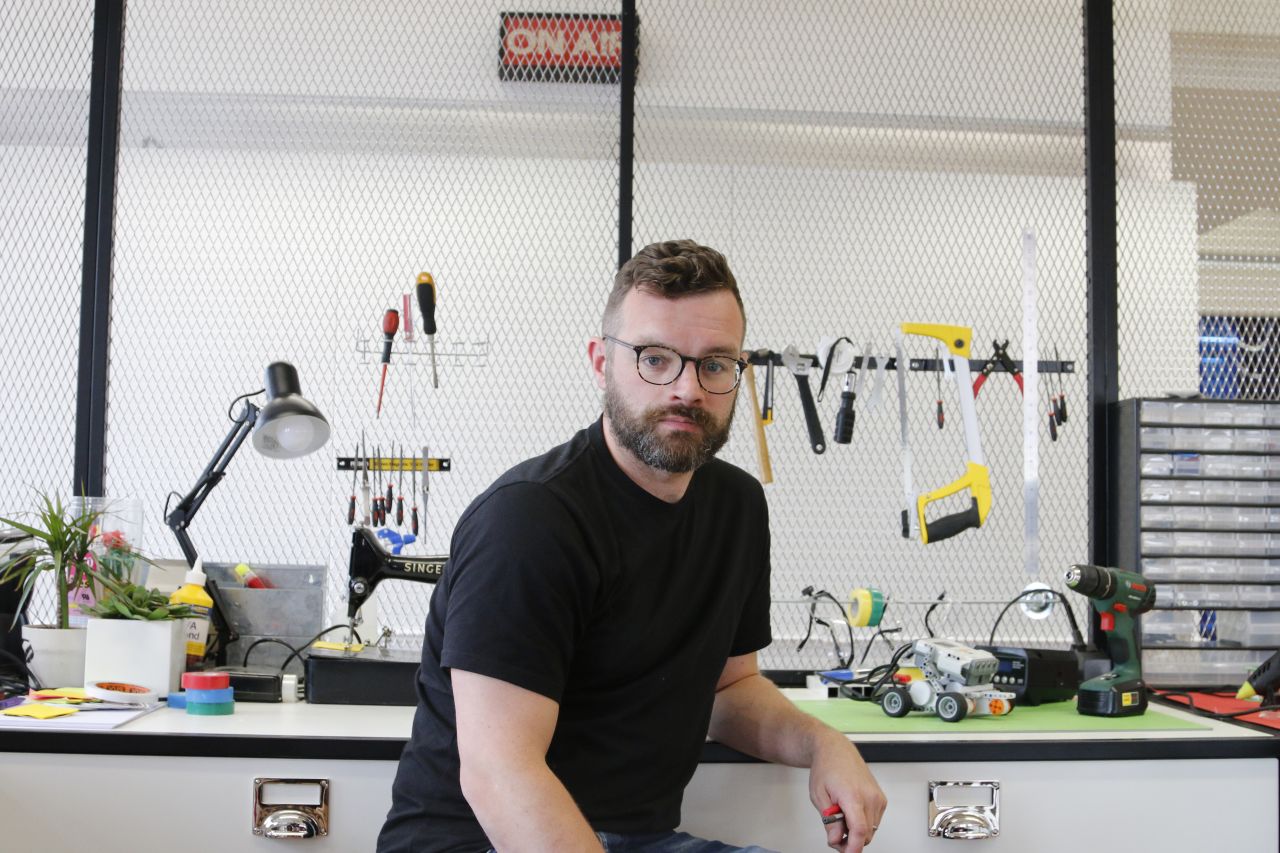
Tom previously worked at the BBC, and has over 15 years of experience in the design industry, focusing on making digital experiences that work beautifully for the people that need them. Brands he's worked with include Center Parcs, Chester Zoo, MS Society, BBC iWonder, BBC Food, BBC Bitesize, BBC Children's, Canon, RM, Pearson, Department for Education, Parliaments’ Education Service and much more.
He is passionate about helping teams understand problems or try new things using design thinking, creative facilitation, and hands-on research. We caught up with Tom to discuss his thoughts on iterative processes versus the big bang, why humans should always be at the centre of design, and what makes a great leader.
Firstly, tell us about your career. How did you get to where you are now?
I’ve been running design-led projects for about 15 years now. I’m currently Design Director at Code Computerlove, and prior to this I was Creative Director and later Executive Product Manager for the BBC.
At university, I was interested in creative uses of technology and the psychology behind how people interact with computers. I knew I wanted to be a designer quite early on and started designing and coding at every opportunity, but I found visual design quite stressful and the technical side too difficult, so I very nearly gave up in order to become a PE teacher (seriously).
As it happened, I stumbled upon interaction design as a career, so pulled out all the stops to get my first ‘proper’ job in this field at a place called 3T Productions. I developed core skills in UX and worked out how to use these to quickly describe to clients what we were going to build for them – and show (rather than tell) them how it would work.
But things still never ended up getting made in a way that I thought they should, which I found endlessly frustrating, so I started trying to take the lead on projects, bringing together the best talent we had available and thinking about how we might work in a different way.
This led me to increase my remit on the leadership side of things and helped me secure my first job at the BBC as Creative Director of UX&D in Children’s.
Through developing products for children; I learned quickly that you can’t get away with just saying you inherently know what they’ll do, so you have to observe, do some design, then test and observe again. Repeating as necessary until you find something that works. During this time, I realised that this same process was needed for creating digital solutions for adults too, it’s just that generally adults are better at finding ways around problems or they blame themselves for your mistakes.
At Code, this has become the norm, so I spend every day with multidisciplinary teams, working out how to originate, position and deliver human-centered products that solve real problems in a cost-effective way. We believe that creativity doesn’t just belong to the design team.
In terms of my career, my dad once gave me some decent advice. 'Make the job you’re doing the job you want next'. Don’t tell him, but I think he was on to something.
That said, as a creative leader, I’ve never tried to be ‘the best player’ on the team, rather I tend to focus on helping people to work together and feel they really understand what it’ll take to achieve a client’s goal. My job is becoming less about design craft and more about creating the right environment, often reframing how people think about the role of design across their business.
"In terms of my career, my dad once gave me some decent advice. 'Make the job you’re doing the job you want next'. Don’t tell him, but I think he was on to something."
So you've recently thrown out the rule book at Code to create a new agency operating model – one that moves away from the big campaign approach and more towards ongoing iteration and testing. Tell us more...
Yes, the major shift has been in mindset, away from thinking about delivering ‘projects’ with a ‘big reveal’ towards an ongoing commitment to creating value across a client’s business through the evolution of its digital products.
It’s about working in cycles, starting with research insights and using these to develop a clear vision of the future, then looking for many ways in which we might begin to achieve this. From here, through rapid prototyping, we identify only those ideas that will have the biggest impact and iterate these further with additional rounds of design and testing.
Doing this reduces the risk of building the wrong thing because throughout we have prioritised based on measurable outcomes and used the prototypes to ensure every idea has been underpinned with research – often leaving things behind having initially been sure they’d work.
This approach rapidly moves into development, putting products live and measuring straight away so we can learn quickly, make changes, and then move on to the next thing; all the time taking the client closer to the overarching vision.
The craft in making beautiful solutions still exists, but the creative process for the origination of new thinking is much more open and collaborative. We’re inclusive in the way we approach and think about things, working in partnership with clients to guide them through various exercises in order to reach the best outcome.
We believe this is the right thing to do because a capability in user-centered design is the thing that sets agencies apart because the ‘skill’ in terms of build can often be the same. The insight and UX is the business-critical piece of the work, getting the ‘experience’ right for users and customers.
"We have unique processes and industry-leading capability in this area, and this is the capability that so often clients want and need. They might have internal design and engineering teams, but not many companies have the capability to deliver such sophisticated user-centered design. Our job is to support clients in the areas they need it the most.
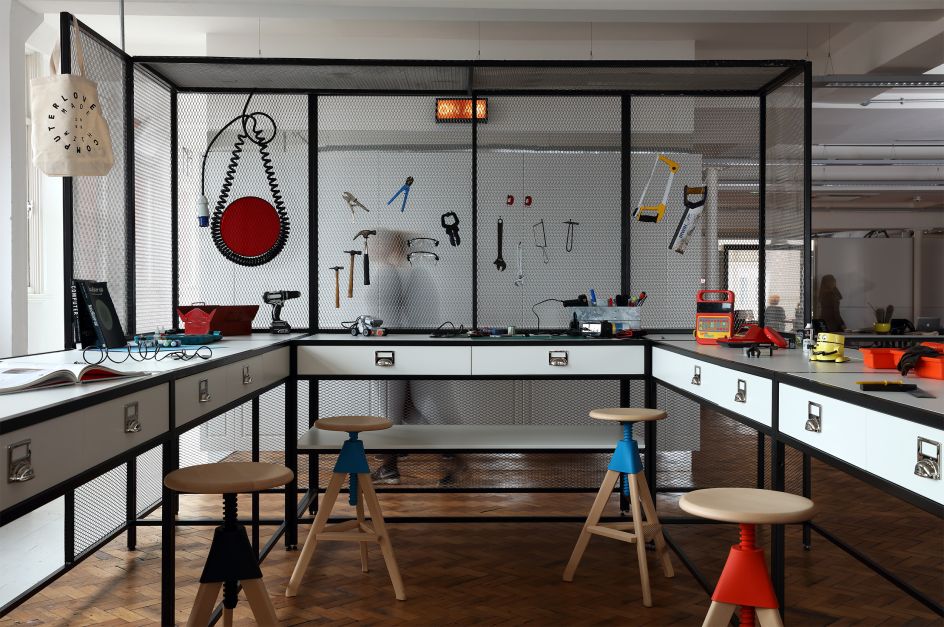
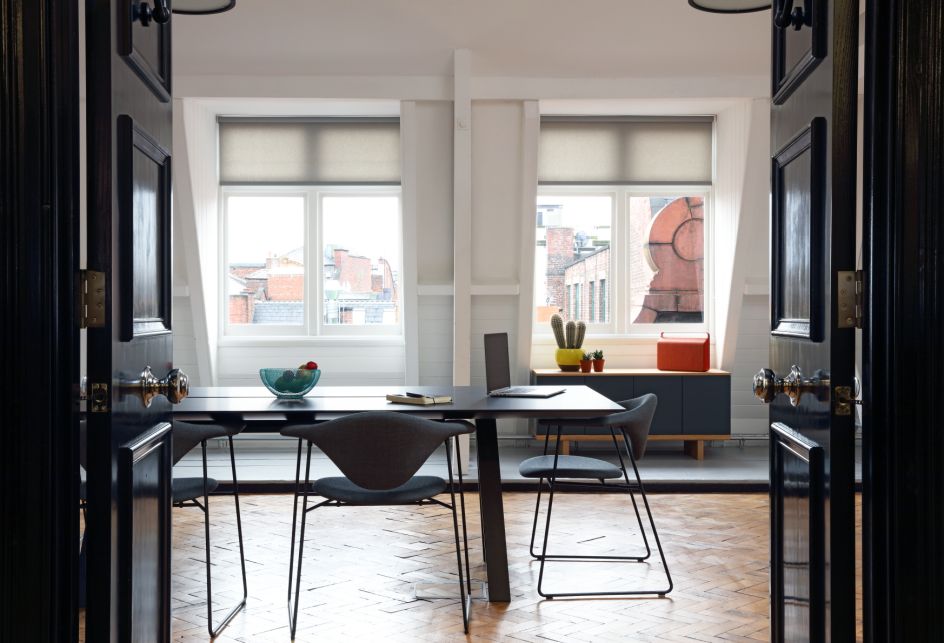
As part of your agency's recent shakeup, you have developed a 'Lean Studio Manifesto'. What does a lean studio look like? And how does it work?
To a certain extent a lean studio looks like any other, the difference is how people think about things. We’re looking for continuous improvement, which in practice means we tend to have more generalists rather than specialists in teams, as handovers often waste time, so our designers have a broad understanding of the whole process and hands-on working relationships with other disciplines. We still have different specialisms, so that we always have people that can deliver the depth of quality that each project needs.
We have a manifesto that summarises the behaviours that help us work smarter, reducing waste along the way, and bringing our output much more in line with today’s client needs – as some traditional agency working practices are now feeling outdated.
Here it is in a nutshell…Solve Problems over Predefined Solutions, Experiences over Designs, Product over Project, Value over Volume, Data Driven over Opinion, Iterative over Big Bang, Adaptability over Constraints.
We’re not saying this is completely new, or that our way of doing things is better than any other – rather this is what works for us, so let’s use it as the starting point for each conversation."
How does a large agency stay lean and agile – hasn't this always been something bigger creative studios have struggled with, taking on the startup approach?
We have cross-disciplinary teams all focused on the client’s goals – delivering value. There is a high level of autonomy within these teams, working closely with each client, making choices on how best to deliver this value. It’s about not letting the organisational chart dictate the way you operate, but creating small teams focused on making the most effective decisions that will ultimately achieve the overarching goal.
Each team works out what works for them, but then also aims to be aligned with the vision of the business, a strong team culture, and access to the tools and methods we use to get things done. This combination of autonomy and alignment helps us move fast, but also roughly in an agreed direction, and can be scaled as needed to meet the needs of our clients.
We think the results speak for themselves. The challenge for all teams is always how they maintain an objective outlook at all times and continue iterating with just the right amount of design that’s needed (not too much and not too little) to create business value through beautiful digital experiences that everyone is proud of.
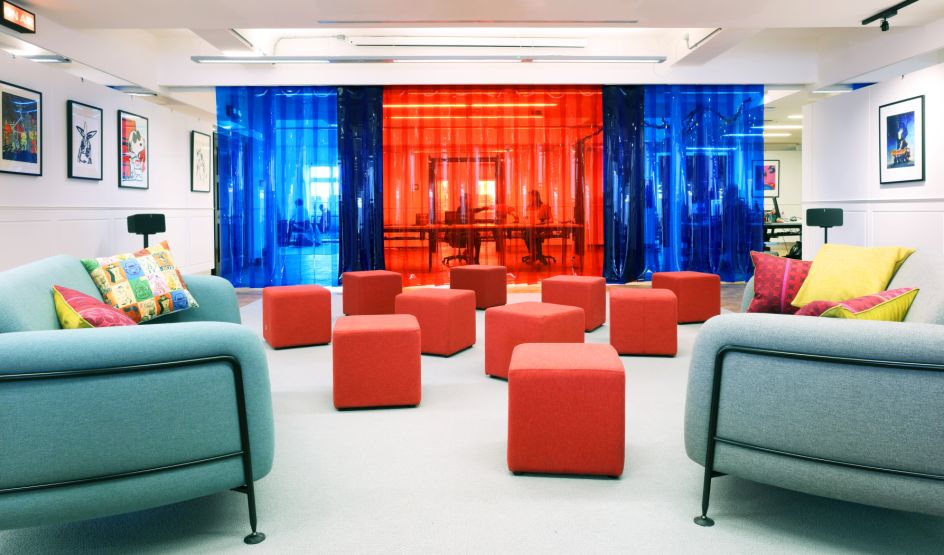
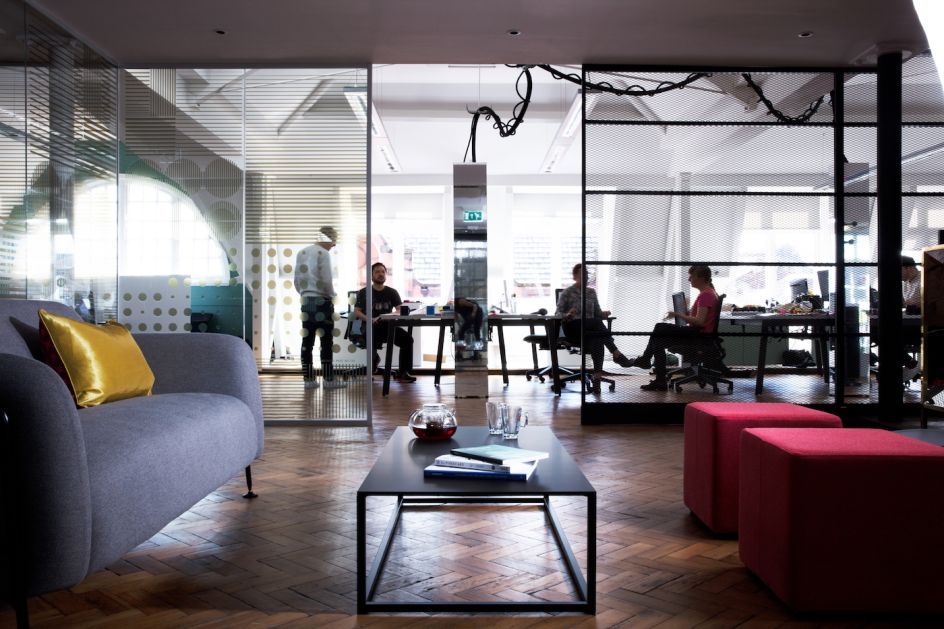
You recently went through a rebrand, including the launch of a new website. Why the stripped back look and feel?
The new look coincided with our move to new offices and was born out of a desire to create an identity that was more confident, more grown up and bold; something that would fit with our new surroundings and the direction of the business.
We began by defining a few creative themes to explore and ‘Modern Industrialism’ felt like the perfect term to describe our new direction, taking learnings from the past and the industrious history of Manchester and combining that with modern technology and creative thinking.
We collaborated with Dave Sedgwick (studio DBD) on this project, he was instrumental in the development of our new identity. We explored the theme of ‘Modern Industrialism’ looking at everything from the logo, typography, colours, and photography.
The decision to abbreviate ‘Computerlove’ to a TM style trademark (CL) was one that we thought about long and hard. Code Computerlove is still our full business name and Computerlove will always be a big part of who we are and what we do. However, to many (including ourselves) we’ve often referred to as ‘Code’ and so it made perfect sense to mirror this with our new logo.
With regards to the website, this is very much about practicing what we preach in terms of launching with a minimum viable product and then evolving it while live – based on the insights we can gather. Perhaps unsurprisingly, due to the volume of new business wins and client work we have gone through the studio, our own website inevitably has been taking a little bit of a back seat over the past few months and we’re not 100 percent satisfied in terms of the speed at which we’re introducing new features; but watch this space – developments are underway!
Moving on, what makes a great leader?
I guess it means different things to different people, but for me, authenticity is one of the most important principles. I think it’s important that leaders behave in a consistent way so that people always know where they stand. I don’t personally think ‘leading from the front’ is a particularly desirable trait, but I know it takes courage and resilience to try new things – so leaders need to take responsibility for this and make sure people know they’ll be by their side if they need them.
Trust works both ways. If you let people stand on their own two feet, they usually do.
Finally, I expect leaders to enjoy themselves. They set the tone for everything that gets done, so if you want people to come up with original ideas, you need to underpin the mood you create with playfulness and humour or you can guarantee they’ll come back with risk-free derivatives of things you’ve seen before.
What common problems do you come across when planning and delivering projects?
The biggest problem with planning is keeping things up-to-date, as often plans can change faster than you can implement them, but it’s still an essential part of the process. We try to get around this by talking about high-level themes, rather than detailed deliverables, which gives certainty over the direction and focus, but flexibility in terms of how we actually achieve things.
Another challenge is dealing with the perception of waste in the design process. We have to communicate up front why it’s so important to test lots of designs, and not just pick ‘the best’ one because we all ‘think’ it will work. The cost of fixing poor decisions goes up the longer we live with them, so our early stage process is about validating designs to benefit products in the long run, which ultimately helps us go faster. This is still about being lean but can appear wasteful in the early days as you’re abandoning concepts that had sounded promising.
In line with this, because we work in a highly collaborative way with our clients, the methods we apply are open to more scrutiny than with less hands-on methods. We help our clients make the best design decisions in the early stages and we’re very inclusive in these processes, so this requires a shift in expectation from the client as they’re involved in the design when it’s probably at its messiest.
"Trust works both ways. If you let people stand on their own two feet, they usually do."
You've worked at the BBC. What would you say are the less obvious differences between working for a huge public sector organisation compared to a lean agency?
I think it’s striking how similar they are actually, because the processes, capability and attitudes are all essentially the same. At the end of the day, they’re all trying to be as effective as possible using the best available approach to achieve this.
The difference at the BBC was that you had numerous peers to work with in the same field (i.e. design or product management), whereas with an agency your peers tend to operate within a different area of the business and have a different function to your own. You have to look to fellow businesses to find others in the same job as you, so I’ve probably become a bit more active in the post work meet-ups and events that happen across the city as a result.
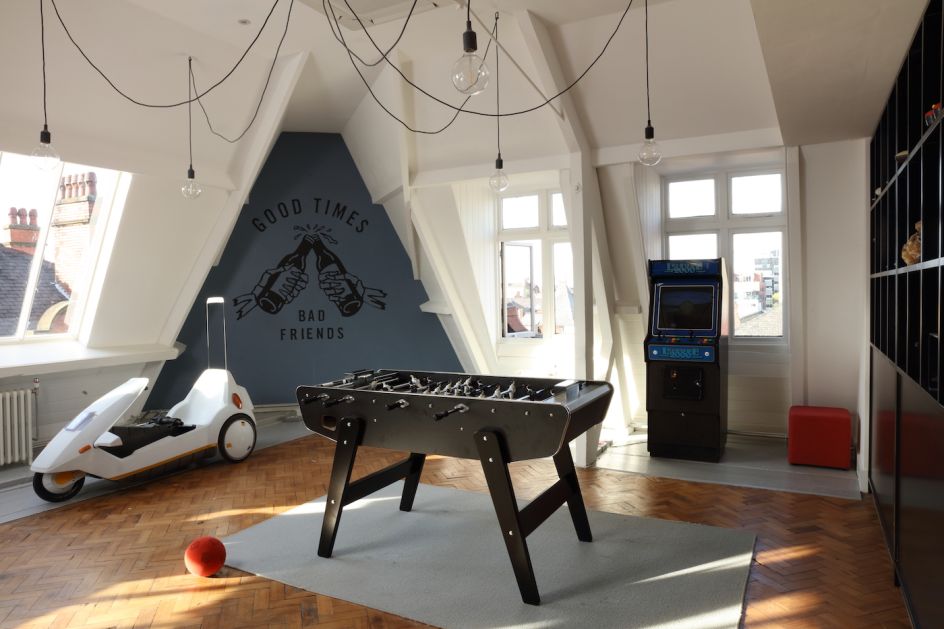
Any projects you're proud of that you can talk us through, so we can get a good idea of your process at Code?
Well I’ve only been at Code for six months, so I’m still getting into it, but I would say our current work for Center Parcs is a great example of our way of thinking. I can’t say too much at this stage – but we’re making use of design research in a really progressive way. As a client, this is a new way of working, but the process suits the size and scale of the project because the outcome has to be right for the Center Parcs guests.
On a much smaller scale, we’ve also developed a new product within Code before releasing it to the business community. It’s called ‘BusyRoom’ and is designed to make the booking of meeting spaces much easier as it takes any friction out of double booking. The necessary simplicity of an app that you only glance at is something I loved working out from a craft perspective, but also the ‘one less thing to worry about’ sentiment is something that I think is cool too.
You're very much about 'human-centred design' – give us a rundown on why Code follows this principle and how it can solve problems for clients. Is there an example you can give us?
We believe if you’re not doing human-centred design, what exactly are you doing!?
But it really is the centre of all of our thinking and processes. The reason we follow it is because of the financial value that clients get from it, because if you can’t make the case that a design works effectively for the people intended, then you risk building something that nobody needs.
There are so many examples of this in practice, as every piece of design research we do teaches us something new about our products. There are always ideas that we all ‘think’ are right, but then prove less effective than we hoped in research. It’s not an exact science, but it helps us mitigate the risk of building the wrong thing, plus ensures that the end user is always at the centre of our conversations.
For all those aspiring designers out there looking to work at somewhere like Code, what qualities and attributes do you look out for when hiring?
One of the best attributes is an ability to leave preconceived ideas of 'what your job is' at the door. Being a designer goes beyond ‘doing design’ and is about attitude, curiosity and optimism.
Have the self-confidence and self-awareness to allow yourself to question whether your design is right for users, and not just something you think a client would like, is a skill that never gets easier, but is essential if you are going to overcome your natural biases towards the things you’ve made. This is why collaboration works, as a contrasting perspective from someone else is usually the signal that you might be missing something, but there’s a balance with being overly accommodating too. Believing in something until something changes your mind.
Finally, what three pieces of advice could you give to designers out there, looking to get ahead?
Be able to describe the impact your work has made – what changes in the world have happened as a result of the work you did?
Realise leadership is part of your role – so describe the value of design and be open to including others in your process.
Don’t let the grass grow under your feet; look at how you can deploy your skills in different contexts and in new ways. Get involved outside your comfort zone. Volunteer. Run towards trouble.




 by Tüpokompanii](https://www.creativeboom.com/upload/articles/58/58684538770fb5b428dc1882f7a732f153500153_732.jpg)

 using <a href="https://www.ohnotype.co/fonts/obviously" target="_blank">Obviously</a> by Oh No Type Co., Art Director, Brand & Creative—Spotify](https://www.creativeboom.com/upload/articles/6e/6ed31eddc26fa563f213fc76d6993dab9231ffe4_732.jpg)









](https://www.creativeboom.com/upload/articles/0a/0a62511d25a944d1d66fd66b673f893148f54272_732.jpeg)
